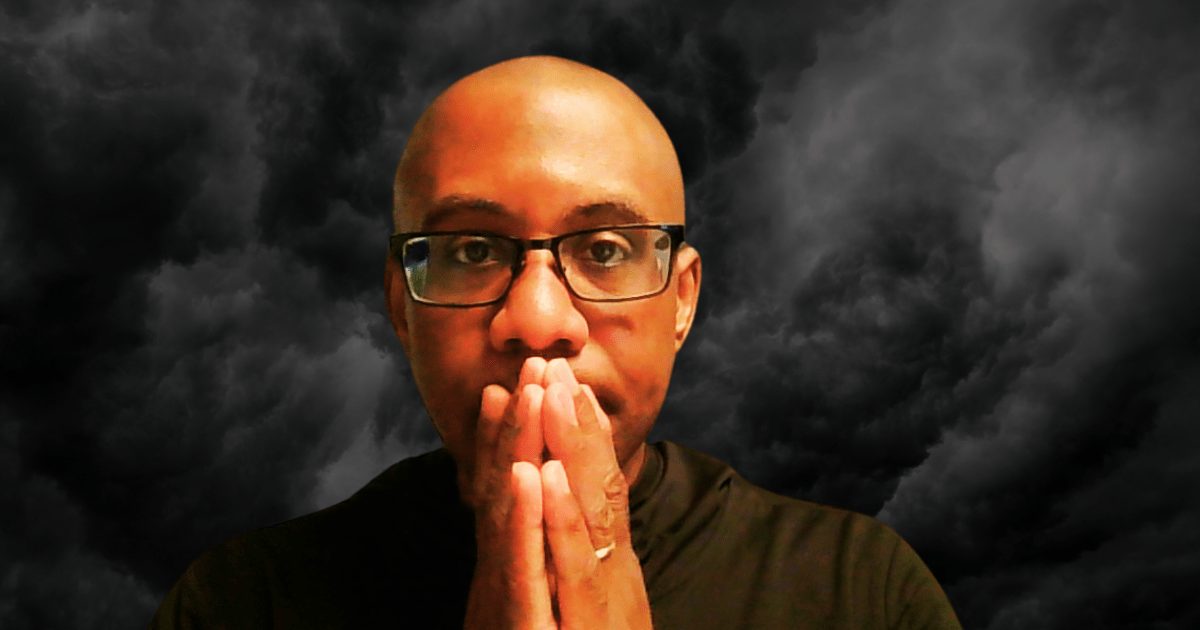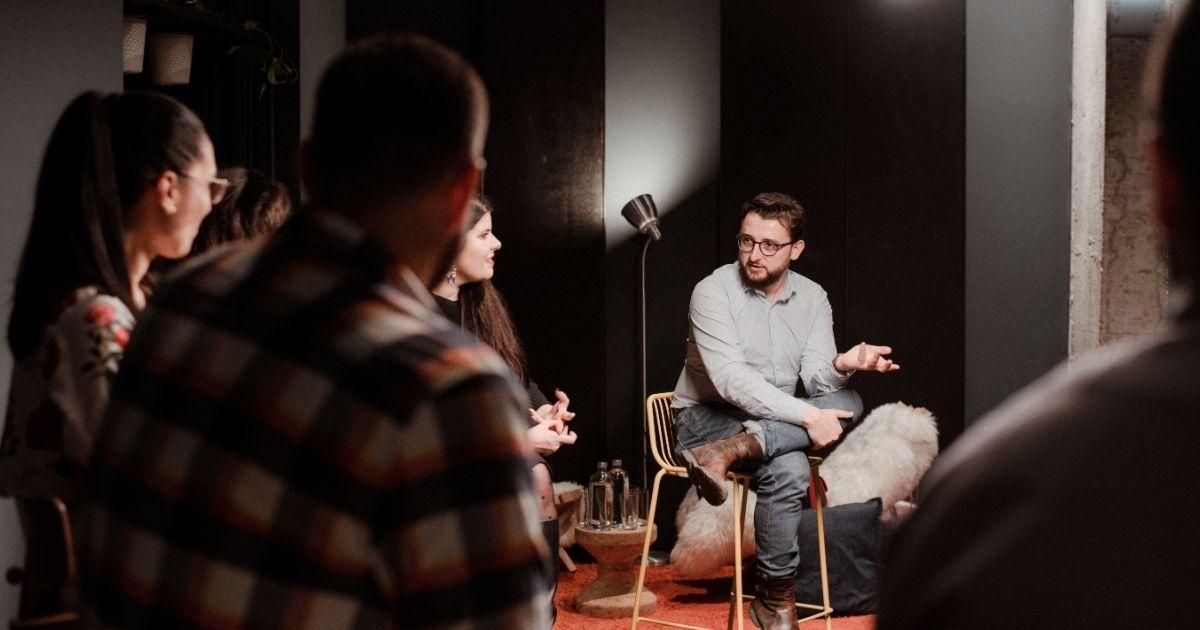In this insightful episode of The Rundown with Ramon, host Ramon Ray interviews PR expert Lanetra King, founder of Indicator PR, who shares valuable strategies for small business owners looking to secure media coverage.
Key Points Covered:
- The importance of mindset in successful PR campaigns
- Being “press ready” to capitalize on media opportunities
- Common reasons PR efforts fail to deliver results
- How to properly leverage press coverage for maximum impact
- Key elements of effective media training
- Why you don’t need to be a celebrity to get valuable press coverage
Don’t miss out! Subscribe to our YouTube Channel | Get the podcast – sign up now and listen
The Right Mindset for PR Success
Lanetra emphasizes that successful PR begins with the right mindset. She uses the acronym “BIG” to outline the essential mindset components:
B – Believe in yourself and your expertise. Many business owners, even those with impressive credentials, lack confidence when it comes to media opportunities. Lanetra shares the story of a physician client who had multiple PhDs but didn’t fully trust herself to succeed with press coverage. By building this confidence, the client secured TV, radio, and podcast appearances within 4-6 weeks.
I – Intentions must be focused on transformation, not vanity. Lanetra explains that your goals should center around making an impact rather than chasing popularity. When your intentions are about helping others rather than boosting your ego, media opportunities become more meaningful and effective.
G – Goals should emphasize sustainability and long-term success. Instead of just pursuing likes, followers, and views, successful PR clients focus on building sustainable business growth through strategic media coverage.
Being “Press Ready” to Avoid Missing Opportunities
One of the most compelling stories Lanetra shares involves a client who missed an opportunity to appear on the Tamron Hall Show because she wasn’t “press ready.” Lanetra met this client, a mother of 12 who helps busy moms navigate their hectic lives, at a networking event. A month later, when a producer needed someone who could speak about families, the client wasn’t prepared with the necessary materials and missed this national TV opportunity.
To ensure you’re press ready, Lanetra recommends having these elements prepared in advance:
- A professional headshot (not a selfie, and not one that’s five years old)
- A concise press bio focused on who you serve, what you do, your business credentials, degrees, awards, and previous media features
- B-roll (background video footage) for TV opportunities
Having these materials ready can make the difference between securing national exposure and missing out entirely.
Why Some PR Campaigns Fail to Deliver Results
Ramon asked Lanetra about business owners who invest thousands in PR services but see no results. Lanetra acknowledged this common frustration and identified several key factors that often contribute to PR disappointments:
- Poor communication and unclear expectations – Lanetra emphasizes the importance of clear, consistent communication between PR professionals and clients, along with establishing realistic expectations from the beginning.
- Lack of supporting elements – PR is just one piece of the puzzle. Lanetra shared a success story of a client who increased profit margins by 30% through PR, but noted that this client also had strong marketing and sales teams in place. The publicity brought attention, but the client’s ability to convert that attention into sales was equally important.
- Inconsistent branding and image – Before securing press, Lanetra often needs to help clients improve their overall image, including better headshots, a cohesive website, and consistent branding elements. When journalists research you, they need to see a polished professional who clearly represents their expertise.
As Lanetra puts it, “We can bring you the attention, but it’s only going to be as good as what that attention is going back to.”
Leveraging Media Coverage For Maximum Impact
Getting press is only the beginning – what you do with that coverage determines its value to your business. Lanetra emphasizes that small business owners need to have a strategy for leveraging media appearances:
- Social sharing strategy – Share your coverage across all social media channels
- Email marketing – Send coverage to your email list
- Professional credibility – Include media mentions in your email signature
Lanetra uses a basketball analogy to explain her role: “We do the alley-oop or the layup, and you have to slam dunk it.” PR creates opportunities, but business owners must capitalize on them through effective follow-up strategies.
Media Training: How to Handle Any Interview Situation
Ramon and Lanetra played a “game” discussing how to handle challenging media situations, like when your name is mispronounced or when you’re asked a question you don’t know the answer to. Lanetra revealed that media training is one of her clients’ favorite parts of working with her agency, focusing on three key elements:
- Flow – Ensuring conversations are natural and engaging by using examples, stories, testimonials, and relevant statistics. Lanetra emphasizes the importance of conversational interactions that feel like you’re talking to a friend rather than giving rehearsed statements.
- Timing – Making the most of limited interview time (often just 3-5 minutes on TV) by communicating key messages efficiently and weaving in calls to action. Being aware of cues from interviewers and keeping responses concise is essential.
- Body language – Knowing where to look (at the interviewer for in-person TV, at the camera for virtual interviews) and presenting yourself confidently. Lanetra demonstrates how body language differs depending on the interview format.
These skills help small business owners make the most of media opportunities when they arise. With proper preparation and training, even those new to media appearances can present themselves as the experts they truly are.
PR Is Not Just for Celebrities
Perhaps most importantly, Lanetra emphasizes that you don’t need to be a celebrity or have a massive social media following to get valuable press coverage. She shares the story of clients with only 300-800 followers who secured appearances on major outlets like Good Day LA and national TV.
“It’s not about followers,” Lanetra explains. “It’s about your expertise and how you position yourself.” For experts in their field, focusing on that expertise rather than follower counts can open doors to significant media opportunities.
According to statistics from Forbes and Nielsen that Lanetra cites, PR is 90% more effective than advertising because it provides third-party validation from credible sources. This “business street cred” builds trust with potential customers in a way advertising simply cannot match.
Taking the Next Step
Throughout the interview, Lanetra emphasizes that getting press is achievable for small business owners who approach it with the right mindset, preparation, and follow-through strategies. Her company, Indicator PR (also known as “Get Press in 90 Days”) has a proven track record of helping clients secure media coverage within 90 days or less.
For small business owners looking to explore PR opportunities, Lanetra offers a free press call through her website at indiekater.com/exposure. This consultation can help map out a press plan tailored to your specific business needs and goals.
Related articles:
How To Hire a PR Firm To Get Publicity for Your Business(Opens in a new browser tab)
Should You Hire A PR Firm for Your Business?(Opens in a new browser tab)
How Small Businesses Can Use AI to Boost Their PR Strategy(Opens in a new browser tab)












